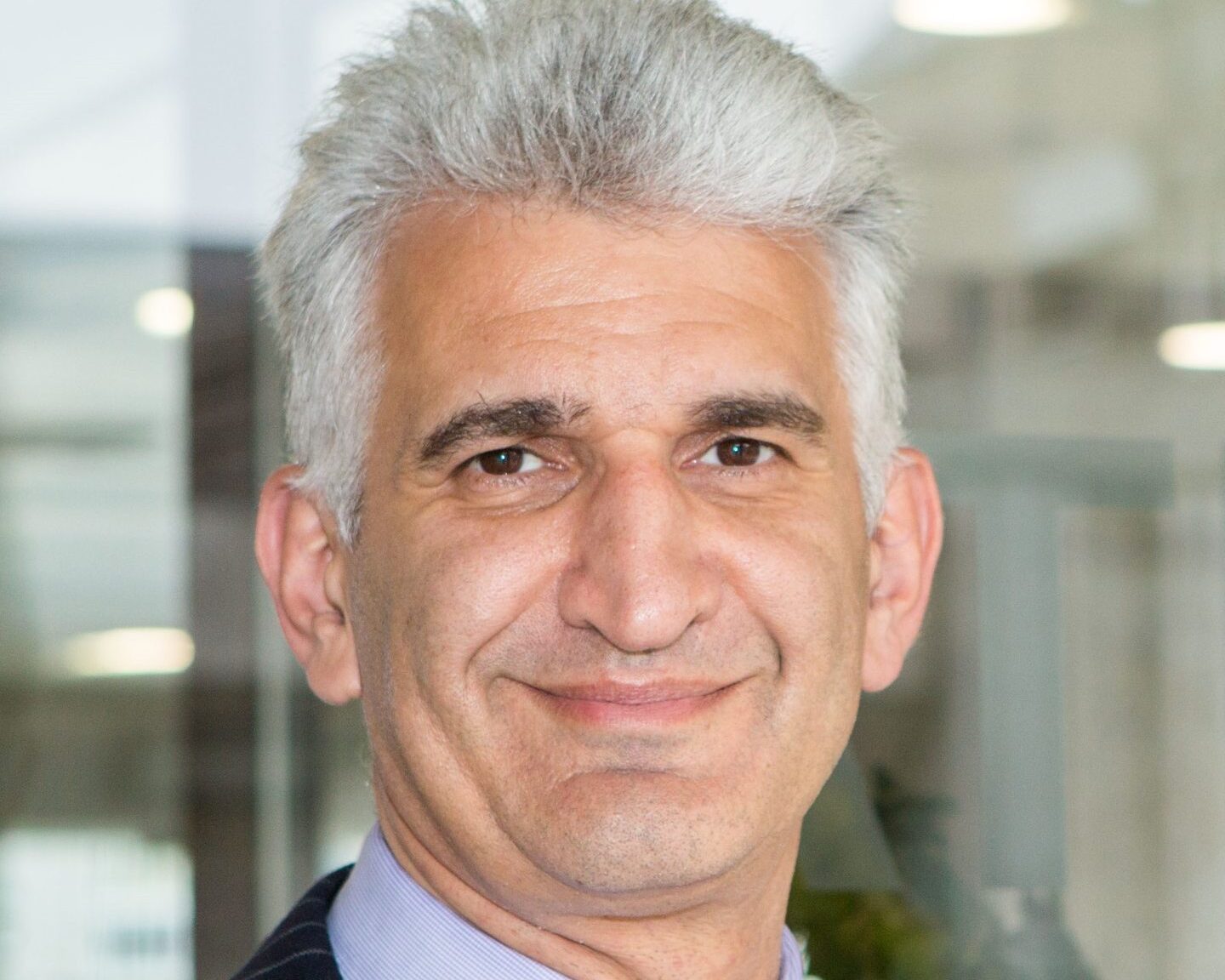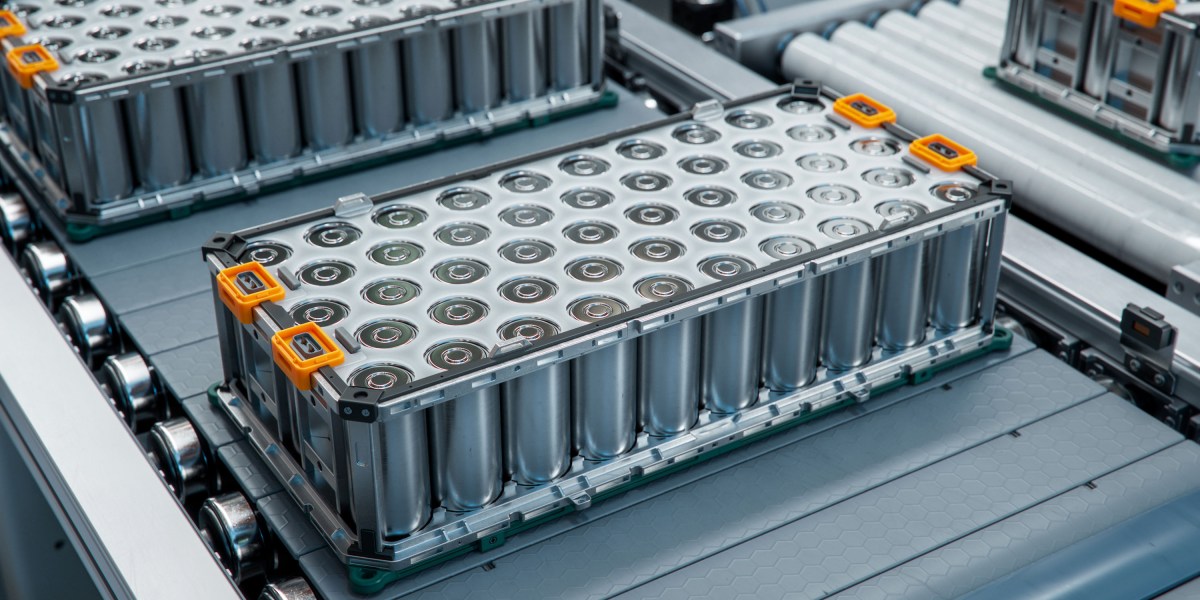
Ineos Energy announced the completion its acquisition of CNOOC Energy Holdings USA’s assets in the US Gulf of Mexico.
CNOOC Energy Holdings USA is a US subsidiary of China’s CNOOC International.
The deal comes as Petronineos, a joint venture between Ineos and another Chinese state-owned company, PetroChina, prepares to shut down the Grangemouth refinery in Scotland in the second quarter of 2025 with hundreds of expected job losses.
The closure has been attributed to global market pressures and intensifying competition from refiners elsewhere in the world but comes amid a broader pivot away from the UK by Ineos.
Project Willow – a report funded by both the Scottish and UK Governments – has laid out several potential options to create new jobs in the area in the future.
Writing in the Telegraph, Ineos chairman Sir Jim Ratcliffe accused the UK government of “squeezing the life out” of oil and gas in the North Sea with its tax rates on energy producers.
He called on the government to remove the Energy Profits Levy (EPL) – the windfall tax on profits from oil and gas production – and return tax rates for the energy industry to levels competitive with the US. Then, he wrote, investment would return to the North Sea.
The EPL was introduced in 2022 in response to the rise in energy prices caused by the war in Ukraine. Since then, Ratcliffe noted, the tax has been increased and extended, with the headline tax rate on profits from production reaching 78%. This, he argued, has “created acute fiscal uncertainty” for the oil and gas industry, leaving the UK more dependent on imports of energy as producers hold off on new North Sea investment and turn their attention overseas.
He highlighted Ineos is a North Sea producer delivering “natural gas to the UK from gas fields off Humberside and the Orkneys and our stake in the Greater Laggan Area”.
“In 2017, we also acquired the Forties Pipeline System, which transports oil and gas from over 80 offshore fields – roughly half of North Sea production.
“We are happy to pay our taxes on earnings from operations in the North Sea, but we need a stable tax regime that gives us the certainty to plan and invest for the long term.”
He added: “Compare all this to the US, where production is at an all-time high and where the fiscal policy is highly effective and stable, providing an investable business environment and security of supply of domestic energy.”
Ineos is continuing to grow its footprint in the US with the Gulf deal. The transaction represents Ineos’ third major investment in the US in the past three years and brings the company’s global production to over 90,000 barrels of oil equivalent per day (boepd).
In the first of the other two transactions, Ineos agreed to buy 1.4m tonnes per year (tpy) of LNG from Sempra Infrastructure’s Port Arthur LNG terminal, which is under construction in Texas, in December 2022. It then completed its acquisition of a portion of Chesapeake Energy’s oil and gas assets in South Texas’ Eagle Ford shale in May 2023.
The Gulf deal represents Ineos’ entry into offshore US operations. The transaction includes a portfolio of non-operated assets built around two deepwater early production assets in the Gulf – Appomattox and Stampede. Ineos has also acquired several mature assets and supporting business as part of the deal. Further details were not provided in the announcement, but CNOOC held a 21% interest in the Appomattox field and a 25% interest in Stampede, according to its website.
“The USA is a very attractive place for Ineos Energy to invest,” stated Ineos Energy’s chief executive David Bucknall. “Total capital spend on energy assets in the USA now exceeds $3 billion, providing a strong platform for future growth,” he said.
“This is a major step for us into the deepwater US Gulf, which builds on our growing energy business,” said Ineos Energy’s chairman, Brian Gilvary. He added that Ineos Energy was “all about” competing in the energy transition to provide energy while also progressing carbon storage projects.






















